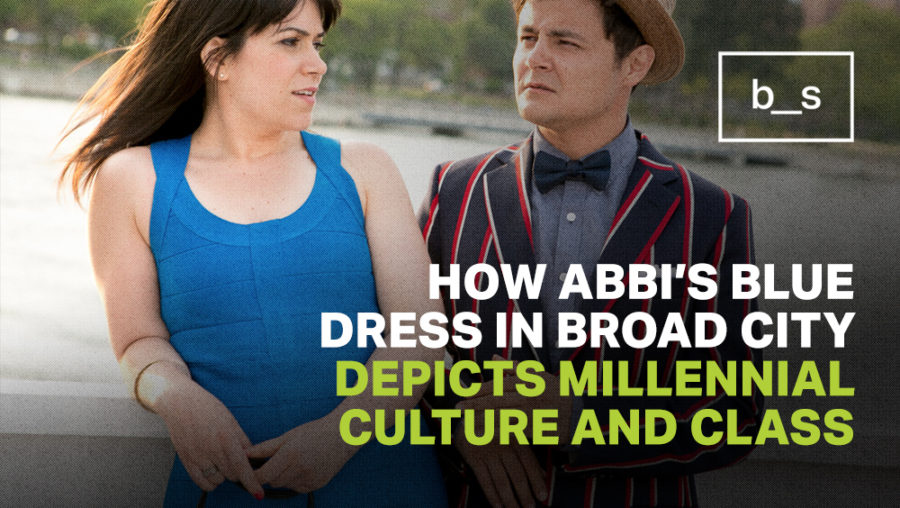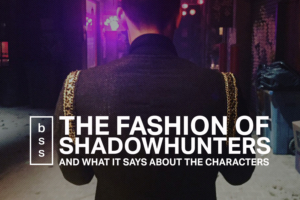There are so many shows that try to capture the millennial experience and package it into digestible chunks for your viewing pleasure. There’s Dear White People and Search Party, as well as grown-ish and The Bold Type, all attempting to tell the stories about millennials for millennials. For the most part, they do a great job. They get the general mood right, like Dory’s lack of purpose in Search Party; and they talk about the current issues that matter, like race and privilege in Dear White People. But there’s something major that these shows get wrong, and it’s all about money and the way the characters spend it. How do I know that? You can see it in their clothes!
Before getting into it, I want to acknowledge that, yes, I understand this is television and sometimes you have to suspend your disbelief, especially for the high fashion models that turn the high school hallways of Pretty Little Liars or Gossip Girl into runways. However, even in shows with women past high school, like Insecure, where the clothes and the styles are a bit more realistic, Issa still must have a separate closet just full of dope graphic tees because she never wears one twice.
While there are plenty of shows that might talk about money and jobs in a believable, or even relatable way, they don’t show it as realistically as Broad City. And I think it can all be traced back to Abbi’s blue dress.
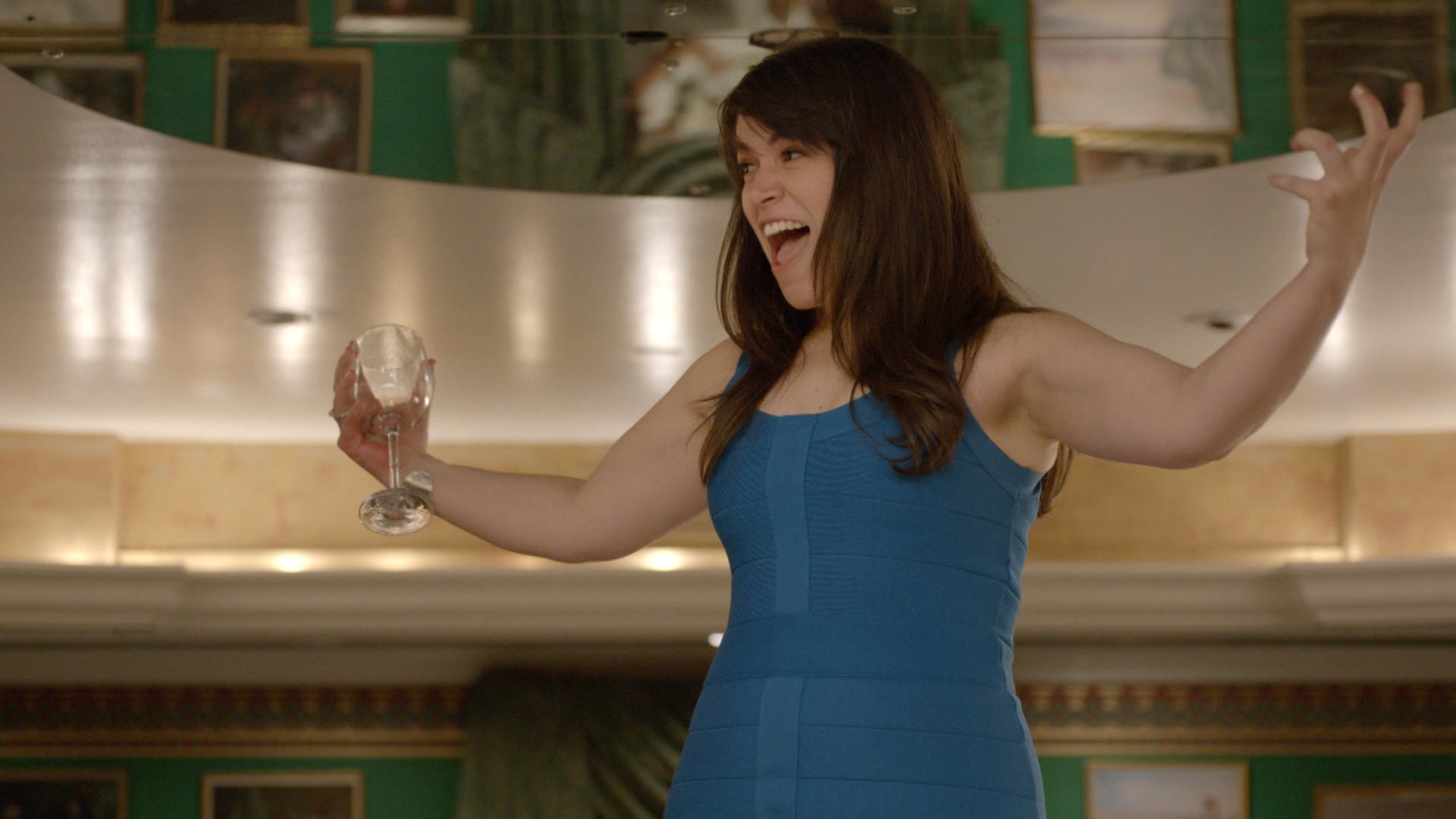
Abbi and her blue dress. (COMEDY CENTRAL)
There’s an episode in Season 1 called “Fastest Asses” where the girls go to a party thrown by Ilana’s old college friend. In order to feel confident and look less “vanilla,” Abbi needs a new outfit. The girls go shopping and Abbi is quickly satisfied with a simple blue bandage dress. When she goes to the counter to buy it, it clearly costs a lot more than she can afford ($438!?) which she hesitantly puts on her card before asking about the return policy. “See you in 30 days, biiiitch!”
After this episode, it’s clear she doesn’t return the dress because we see Abbi getting her money’s worth by wearing it again, and again and again. Abbi wears it when they go out to a fancy dinner for her birthday (prepaid for by her “father figure”), and even Abbi’s mom wears it when they have a girls’ night. The most important time she wears it is for the episode “Citizen Ship,” where we see both Abbi and Ilana repeat memorable looks for this fancy occasion – Abbi with her blue dress and Ilana with the jacket from her white power-suit (from the Season 2 episode “Mochalatta Chills”).
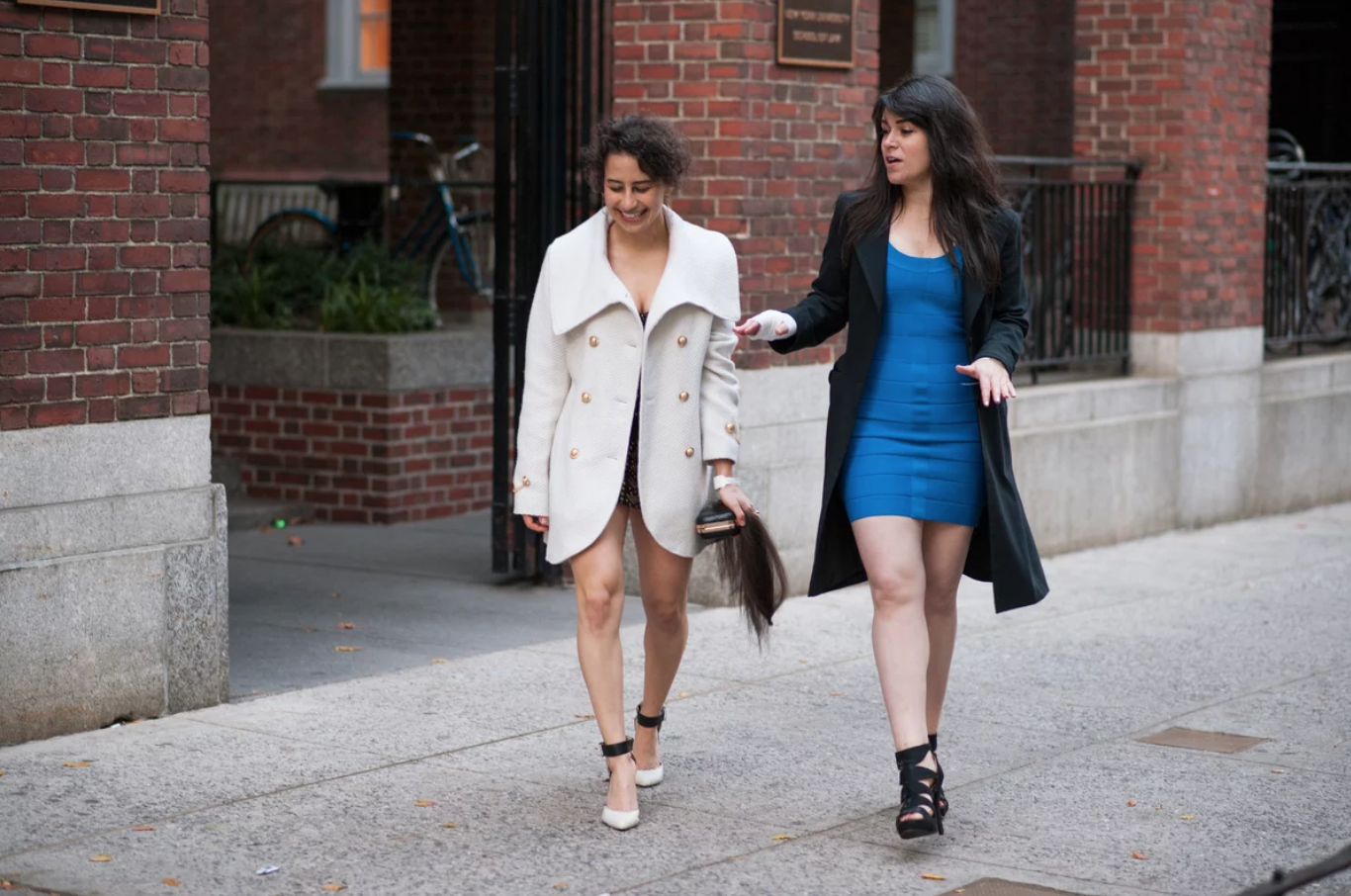
Ilana and Abbi in Broad City. (COMEDY CENTRAL)
These girls dress the way millennials actually do. As Broad City costume designer Staci Greenbaum said in an interview with Fashionista: “Finances aside, [repeat clothing is] so important because that’s how people get dressed, especially young twenty-somethings living in New York.”
It probably helps that Broad City was created by two millennials, Abbi Jacobson and Ilana Glazer, who also write, produce, and star in it. If you’ve been living under a rock (or just hate youth culture), Broad City is about two best friends named Abbi and Ilana living in New York City. They get into hilarious hijinks and shenanigans, and their friendship and tight bond is really the through-line of the show. From dealing with depression to bedbugs to exes, Broad City gets a lot of details right and everything feels authentic.
Like many of us who are Abbi and Ilana’s age, they also don’t have jobs in fields they see themselves having a future career in; they just pay the bills. Although Abbi’s real passion is illustration, she’s worked as a cleaner and trainer at a gym, at a graphic design firm, and at Anthropologie. Ilana starts off with a stable job at a Groupon-type startup and then, after getting fired, works many different jobs, including as a babysitter, a waitress, and a temp. Broad City is realistic about how broke the girls are at times, like when they need to Airbnb their apartment for the night to make rent, or when Abbi sells her art on the street when she’s in between jobs.
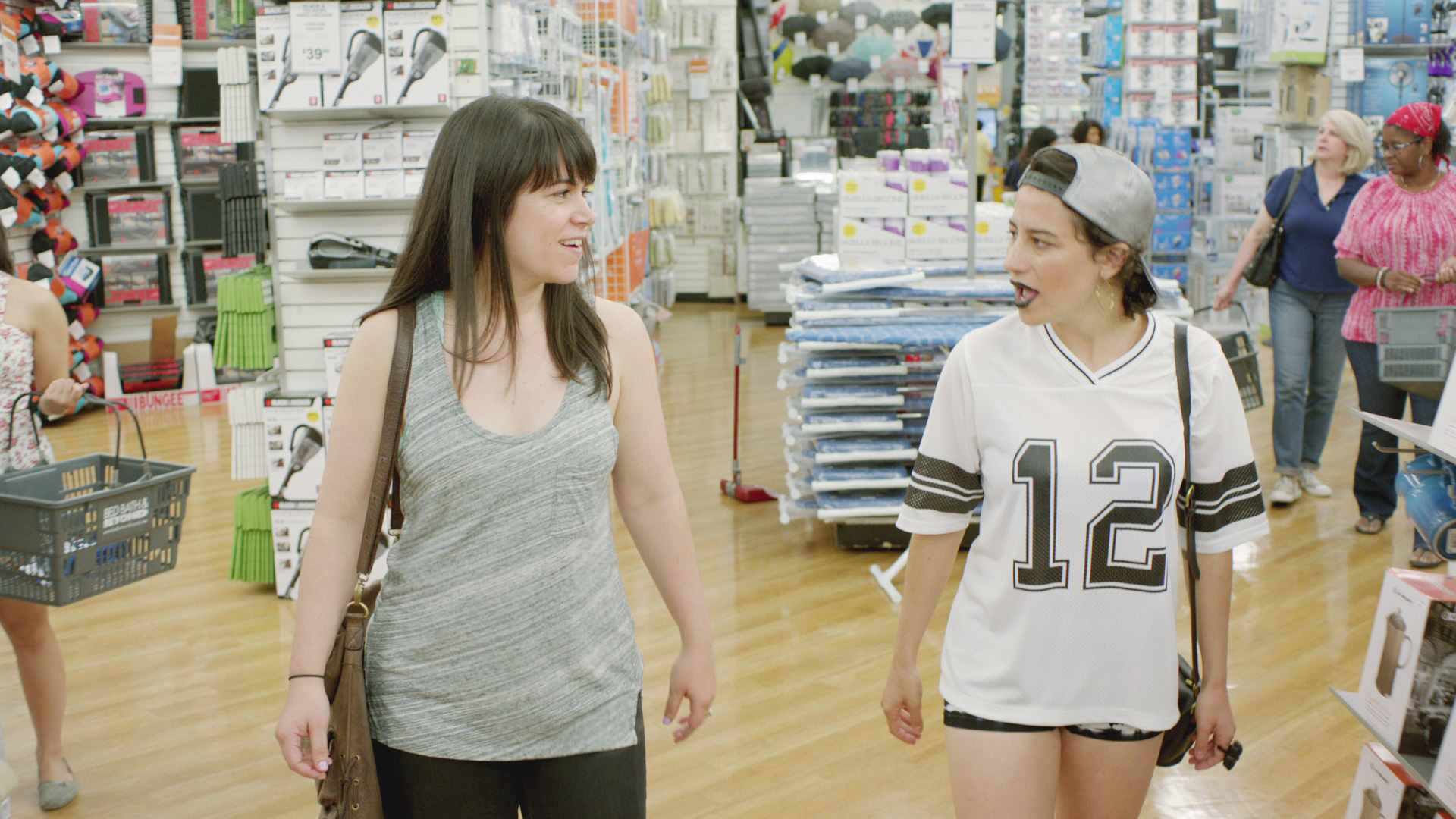
Abbi and Ilana visit Bed, Bath & Beyond in Broad City. (COMEDY CENTRAL)
Broad City is an authentic depiction of millennial class and culture because they don’t sacrifice story for reality, or reality for story – they can do both and they do it really well. For girls my age, clothes are an important form of self-expression. Now that we finally have a bit of disposable income and a bit more taste than we did in our teenage years, we want to show it through our carefully curated outfits. But we are obviously still limited by our money and closet space so we make do with what we have, which means repeating and upcycling what we’ve got. “Everyone has a friend like Ilana,” says Greenbaum. “If [a piece of clothing] is on the floor, if it’s on her hamper, if it’s at the bottom of her closet, just give it sniff test. You can wear it again, stains aside. I feel like she lives in an apartment with crack-den lighting and she can’t really see, and she’s like, ‘Yeah, it’s cool. I got it.’”
As much as Issa, Zoey, or the girls from The Bold Type try to be representative of your average millennial, Abbi and Ilana are our every-women. They live in normal-looking apartments with roommates. They struggle with making money and issues like depression.
You get that sense of connection to these characters and catch yourself saying, “Hey, that’s Abbi’s blue dress again!” Because, just like the rest of us, they repeat outfits and that’s okay.

